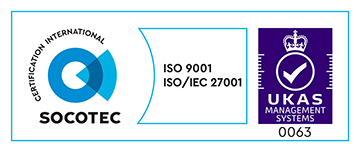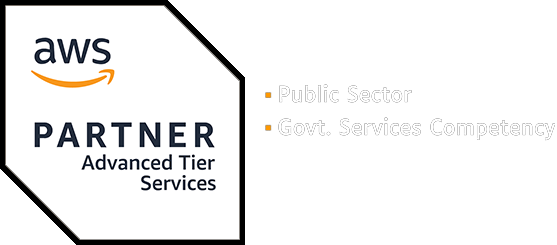What is it like to work with Made Tech? It’s a good question – and an understandable one, if you’re a potential client thinking of working with us.
Delivery
Learn more about our digital service delivery.
What went down at Deliver Con 2022
A couple of weeks ago we opened the Made Tech doors for the UK’s delivery manager community in and around the public sector. We shared our space to help host Deliver Con for 2 days, welcoming a range of wonderful speakers sharing their stories of agile delivery.
Accelerating delivery: 10 questions to ask your team
If you work in digital in the public sector, you’re probably aware of accelerated delivery. It helps to build projects faster, more efficiently, and with reduced risk.
A day in the remote life of a software engineer
More people are now being forced into a remote working lifestyle that they may be unprepared for. I’ve been a mostly remote worker for around two years and wanted to share some of my routine in the hope that some may find it helpful.
Scaling scrum and overcoming challenges
If you’ve ever been involved in building a single product with multiple teams you know how tricky it can be.
Putting methodology in the blender: How should “I” manage a project?
“I use PRINCE2”. “I apply Waterfall”. “I like Lean”. “I prefer Scrum”. “I <3 Agile!”Every project manager has their favourite approach, and some swear by “the one”. But why choose one when you can have them all?
Documentation should meet outcomes too
How do we go beyond seeing documentation as a burden and ensure that it is maintainable, reliable and valuable? Documentation is necessary to explain how something complicated works and defines a critical process to ensure a successful software release.




